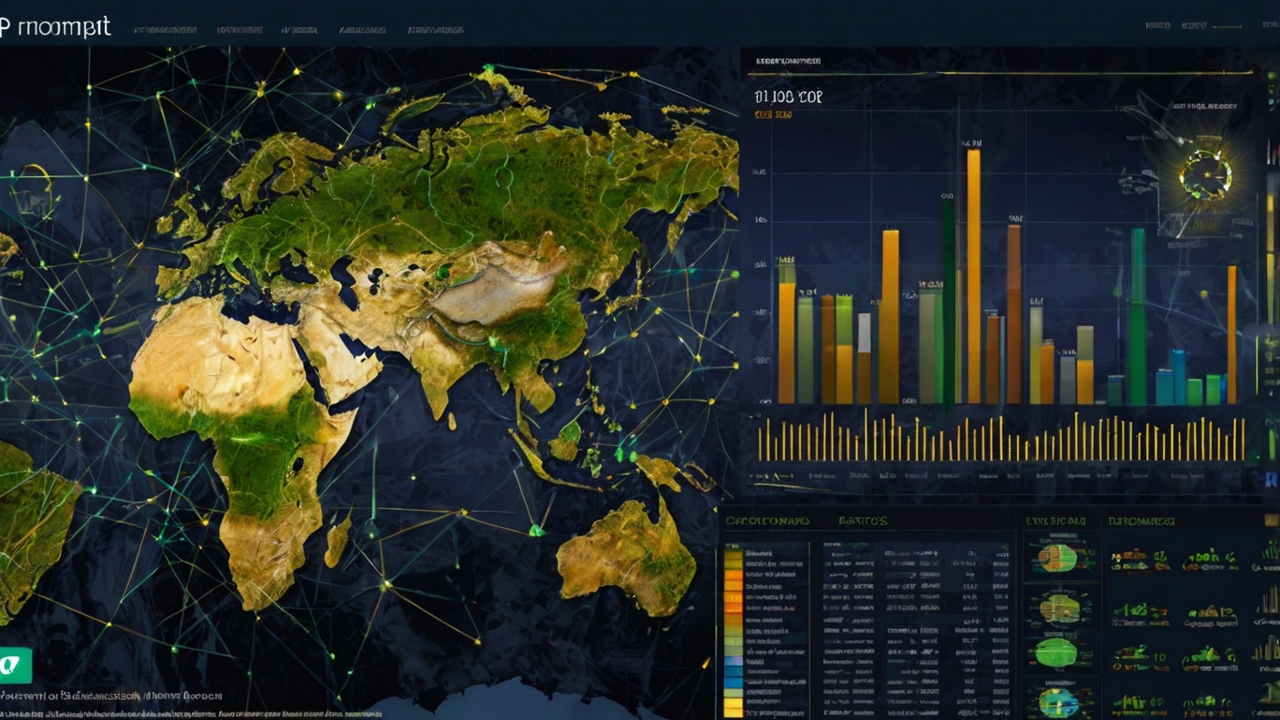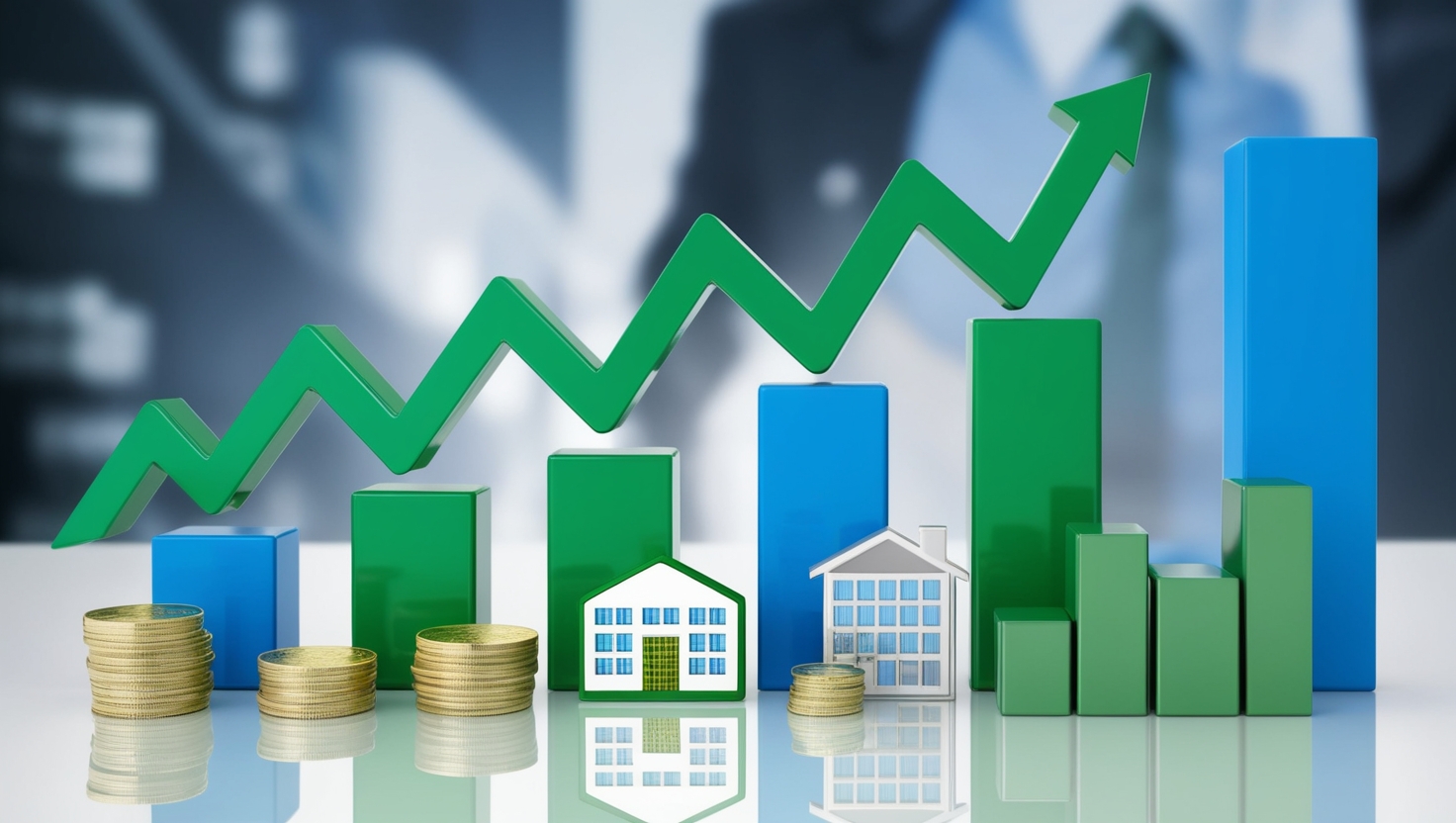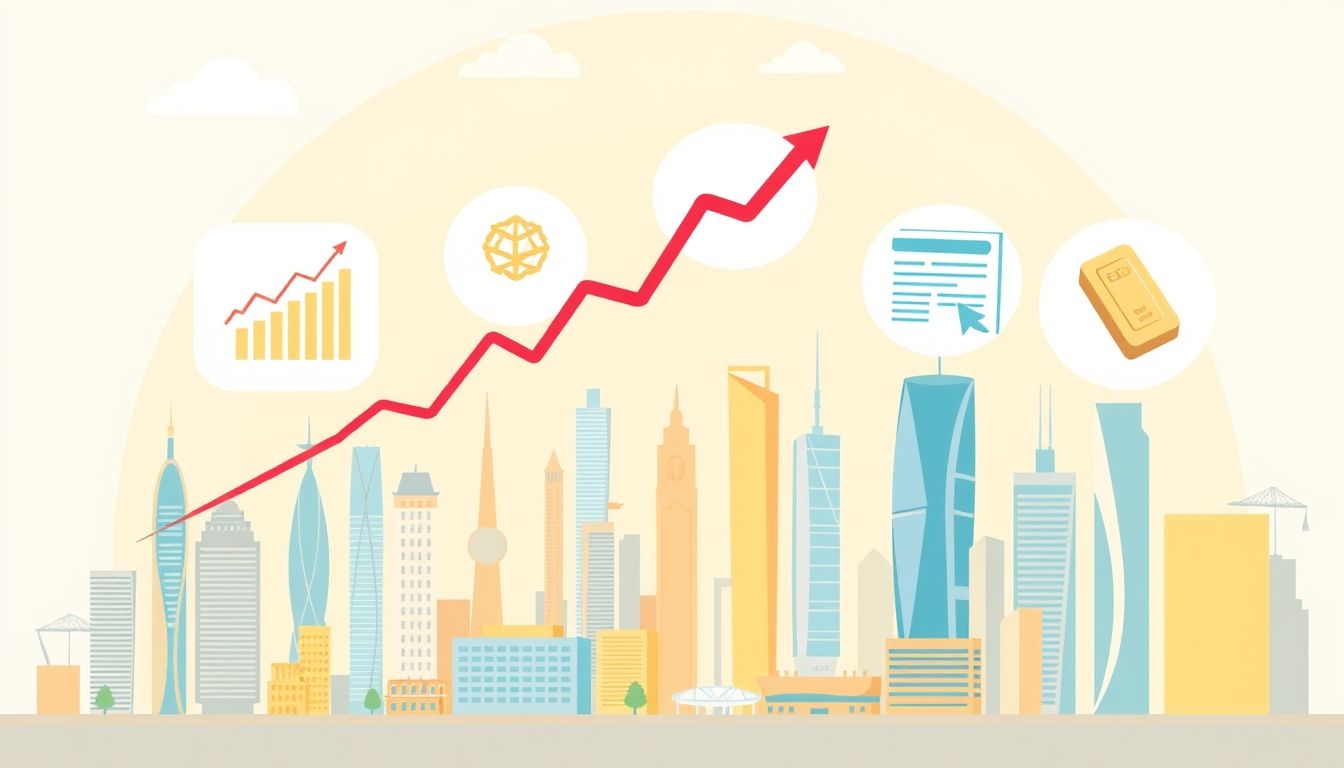Green Investment in Emerging Markets of Asia and Africa: Opportunities and Risks of Sustainable Growth
Emerging markets in Asia and Africa are undergoing a significant shift towards a green economy, driven by the urgent need to address climate change, achieve sustainable development, and meet the growing demand for clean energy and sustainable resources. This transformation presents enormous investment opportunities for investors seeking rewarding returns while contributing to a sustainable future.
Chapter 1: Why Green Investment in Emerging Markets?
Rapid Population and Economic Growth: These markets are experiencing rapid population and economic growth, increasing the demand for energy, water, food, and sustainable infrastructure. This creates significant investment opportunities in sectors such as renewable energy, water management, sustainable agriculture, and sustainable transportation.
Supportive Government Policies: Many governments in Asia and Africa are adopting policies and programs to support green investment, including tax incentives, subsidies, and stricter environmental regulations. These policies create a favorable environment for investment in green projects.
Access to Natural Resources: Many of these markets have abundant renewable natural resources, such as solar energy, wind energy, and water. This provides a competitive advantage for investors in the renewable energy sectors.
Huge Growth Potential: Emerging markets are still lagging behind developed countries in the field of green investment, representing huge growth potential for early investors.
Chapter 2: Promising Green Investment Sectors
Renewable Energy: This includes solar energy, wind energy, hydropower, and geothermal energy. Solar and wind energy are among the most promising sectors, given their lower costs and widespread availability.
Water Management: This includes desalination, wastewater treatment, and water use efficiency in agriculture and industry. Many emerging markets face water scarcity, creating significant investment opportunities in water management solutions.
Sustainable Agriculture: This includes organic farming, climate-smart agriculture, and agricultural waste management. Sustainable agriculture aims to increase productivity while reducing environmental impact.
Sustainable Transportation: This includes electric vehicles, public transportation, and cycling infrastructure. Sustainable transportation aims to reduce carbon emissions and improve air quality.
Green Building: This includes energy-efficient buildings, sustainable materials, and waste management systems. Green building aims to reduce the environmental impact of buildings.
Chapter 3: Risks and Challenges
Political and Regulatory Risks: Green investments may face political and regulatory risks, such as changes in government policies, corruption, and political instability.
Economic Risks: Green investments may face economic risks, such as exchange rate fluctuations, inflation, and economic recession.
Social Risks: Green investments may face social risks, such as opposition from local communities, social inequality, and human rights violations.
Environmental Risks: Green investments may face environmental risks, such as natural disasters, pollution, and loss of biodiversity.
Lack of Funding: The funding available for green investments in emerging markets is still limited, which may hinder the growth of these sectors.
Chapter 4: Risk Mitigation Strategies
Diversification: Diversify your investments across different sectors and geographic regions to reduce risk.
Due Diligence: Conduct thorough due diligence before investing in any green project to assess potential risks.
Partnerships: Form partnerships with local and international companies with experience in green investment.
Insurance: Purchase appropriate insurance to protect your investments from potential risks.
Commitment to Environmental, Social, and Governance (ESG) Standards: Commit to ESG standards to ensure that your investments are sustainable and socially responsible.
Chapter 5: The Role of Technology in Green Investment
Artificial Intelligence (AI): AI can be used to improve energy efficiency, manage resources, and predict natural disasters.
Internet of Things (IoT): IoT can be used to monitor energy and water consumption, improve waste management, and promote climate-smart agriculture.
Blockchain: Blockchain can be used to enhance transparency and track the supply chain in green sectors.
Big Data: Big data can be used to analyze trends and identify investment opportunities in green sectors.
Chapter 6: Successful Examples of Green Investment
Egypt: Benban Solar Park, one of the largest solar power plants in the world.
South Africa: Renewable Energy Independent Power Producer Procurement Programme (REIPPPP), which has attracted significant investment in the renewable energy sector.
India: National Solar Mission, which aims to increase the country's solar power generation capacity.
China: Massive investment in renewable energy and electric vehicles.
Chapter 7: Green Finance and Donors
Green Funds: Funds dedicated to investing in green projects.
Green Bonds: Bonds issued to finance green projects.
International Financial Institutions: World Bank, Asian Development Bank, African Development Bank.
Donors: International development agencies, charitable foundations.
Chapter 8: The Impact of Green Investment on Sustainable Development
Mitigation of Climate Change: Green investment contributes to reducing carbon emissions and mitigating the effects of climate change.
Job Creation: Green investment creates new job opportunities in green sectors.
Improved Public Health: Green investment contributes to improving air and water quality, leading to improved public health.
Enhanced Food Security: Green investment contributes to enhancing food security through sustainable agriculture.
Conservation of Biodiversity: Green investment contributes to conserving biodiversity and protecting ecosystems.
Chapter 9: Future Trends in Green Investment
Focus on Clean Technology: Increased investment in clean technology, such as energy storage, green hydrogen, and carbon capture.
Investment in Sustainable Infrastructure: Increased investment in sustainable infrastructure, such as smart grids, public transportation systems, and water management systems.
Focus on Small and Medium-Sized Enterprises: Increased investment in small and medium-sized enterprises in green sectors.
Public-Private Partnerships: Increased cooperation between the public and private sectors to accelerate the pace of green investment.
Chapter 10: Tips for Investors
Conduct Thorough Research: Conduct thorough research before investing in any green project.
Understand the Risks: Understand the potential risks associated with green investment.
Diversify: Diversify your investments to reduce risk.
Commit to Environmental, Social, and Governance (ESG) Standards: Commit to ESG standards to ensure that your investments are sustainable and socially responsible.
Be Patient: Be patient, green investment may take time to generate rewarding returns.
"Sustainable development is development that meets the needs of the present without compromising the ability of future generations to meet their own needs." - United Nations




